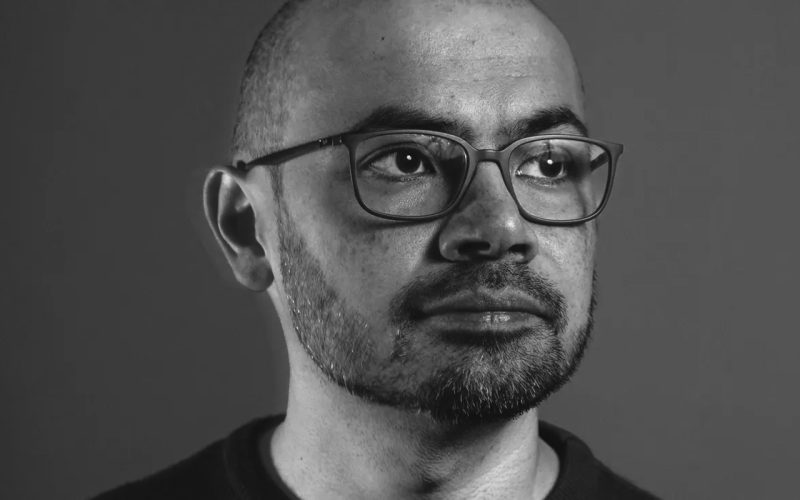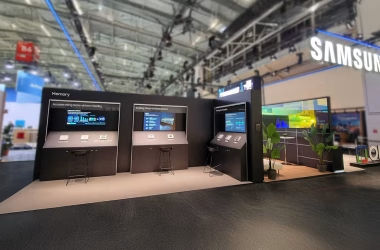Demis Hassabis grew up in North London, the son of a Greek Cypriot father and a Singaporean Chinese mother. As family stories go, his is charmingly simple: a child sees chess, gets hooked, and starts winning. By 13, he’d reached master strength with a FIDE rating around 2300—serious numbers for a teenager—and later captained England junior teams before representing Cambridge in Varsity matches. That early discipline around patterns, pressure, and patience would shadow everything that followed.
The computer bug arrived early too. He bought a ZX Spectrum with chess winnings and taught himself to program—first simple games, then smarter ones. It sounds romantic, but it also maps to something concrete: curiosity paired with hours of practice. That blend turned out to be an engine.
Before university, Hassabis took a gap year at Bullfrog, Peter Molyneux’s legendary studio. At 17, he co-designed and was a lead programmer on Theme Park, the zany sim that taught a generation how to price fries and unclog toilets while keeping virtual visitors happy. It sold millions and launched a wave of management sims. If you’ve ever stayed up too late tweaking queue lines, you’ve walked a little of his path.
He later spent time at Lionhead, and then, at 22, founded his own studio, Elixir. The games were ambitious—Republic: The Revolution tried to simulate a whole political system and Evil Genius made you a tongue-in-cheek super-villain. They were bold swings. Some ideas landed; some didn’t; the studio ultimately closed. That episode matters because it taught him something most founders learn the hard way: scope is a jealous god. Still, the taste for building complex systems stayed.
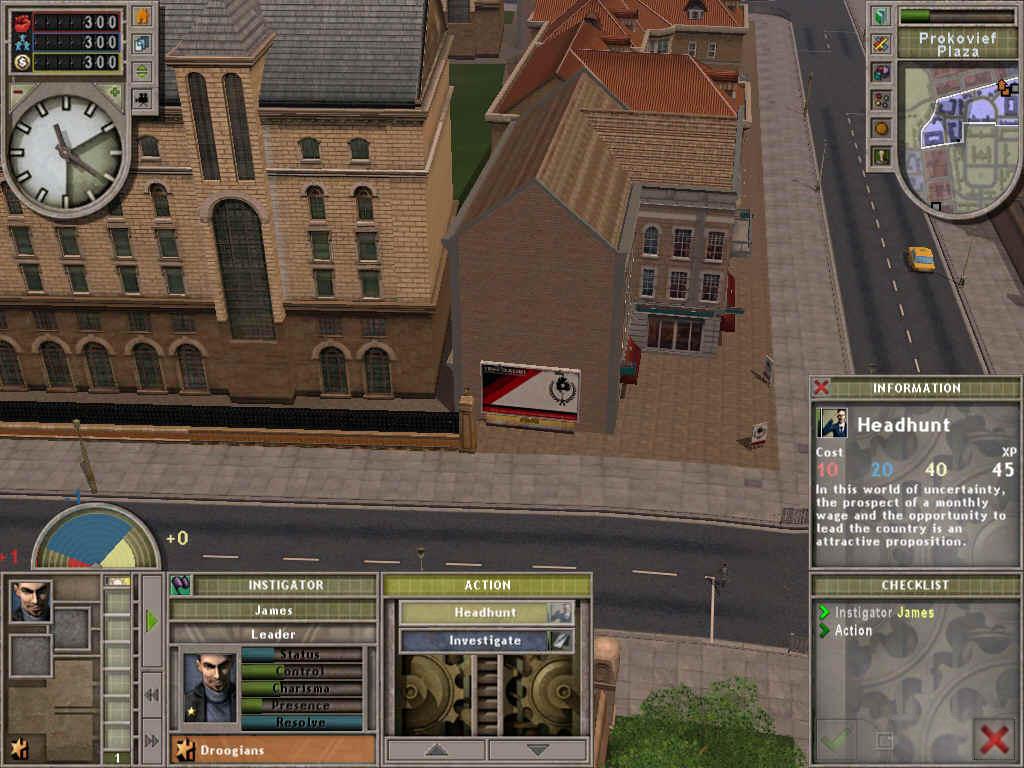
After games, he went back to academia. At University College London, he did a PhD in cognitive neuroscience under Eleanor Maguire, studying how we remember and imagine. One striking finding from his work: patients with hippocampal damage couldn’t construct new imagined experiences. In plain speech, some people who couldn’t recall their past also struggled to picture their future. That link between memory and imagination—between what the brain stores and what it can conjure—has echoed through later AI work on planning and simulation.
The thesis itself—Neural Processes Underpinning Episodic Memory—is public. It’s very much a scientist’s book: careful experiments, no flashy metaphors, lots of patience. But the heartbeat is clear. If you want machines to plan, you might study how humans imagine.
In 2010, Hassabis co-founded DeepMind with Mustafa Suleyman and Shane Legg around a blunt idea: build general-purpose learning systems. This wasn’t about hype or a single app; it was about the long haul. Google acquired the company in 2014, reportedly for about £400 million, and promised resources to match the ambition. It’s easy to forget how radical that was in London’s tech scene at the time.
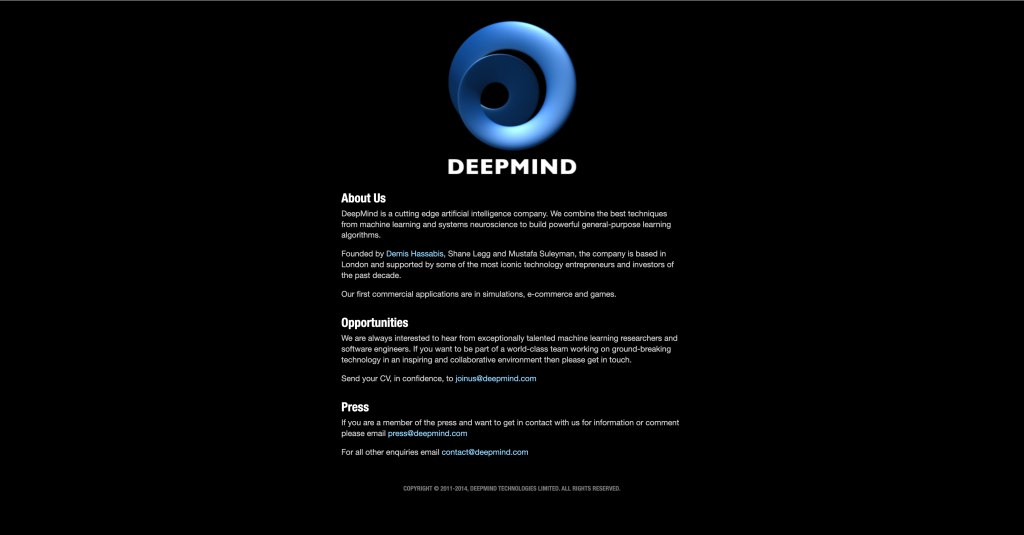
DeepMind’s first smash-hit paper showed an agent learning to play dozens of Atari games straight from pixels using deep reinforcement learning. No hand-written strategies. Just perception, reward, and improvement. For many in machine learning, that was a “click” moment—the first time a general method felt like it could scale to messy tasks without constant human tinkering.
Go on the world stage
Then came Go. In March 2016, AlphaGo beat Lee Sedol 4–1 in Seoul. To outsiders, it felt like science fiction; to insiders, it was a signal that deep learning plus search could handle staggering complexity. The match had drama, poetry, and real tears. It also had a point: systems can learn moves nobody taught them. If memory and imagination connect in people, exploration and search connect in machines.
A year later, the team generalized the method. AlphaZero learned chess, shogi, and Go from scratch—no opening books, no human heuristics—and beat world-class programs. If you’ve ever watched strong players review AlphaZero lines, you’ll know the feeling: surprise, then delight, then head-scratching respect.
From games to science: AlphaFold changes the pace
The next chapter left the game board. AlphaFold cracked a grand challenge: predicting protein structures from sequences. For biologists trying to understand disease or design drugs, structure is a map. DeepMind and EMBL-EBI then opened a vast online database of predicted structures—now more than 200 million—which changed daily lab work around the world. This wasn’t just a paper; it was infrastructure. In 2023, Hassabis and John Jumper received the Lasker Award for AlphaFold, and in 2024 the Nobel Prize in Chemistry was split between David Baker and the duo of Hassabis and Jumper. That’s a once-in-a-generation arc: game AI to Nobel-level science in under a decade.
A practical note, because it matters: by making the predictions widely accessible, the team let others test, doubt, fix, and build. Good science breathes better in public.
The Google Brain merger and a new remit
In April 2023, Google merged Brain and DeepMind into Google DeepMind, naming Hassabis CEO of the combined group. That reshuffle concentrated research talent and, frankly, raised expectations. When the person who led AlphaGo and AlphaFold gets the keys to Google’s frontier AI, you pay attention.
The team launched Gemini in December 2023, a family of multimodal models (Ultra, Pro, Nano), then rolled out the 1.5 series with longer context and faster variants. In 2024 and 2025, Google framed the vision more plainly: turn Gemini into a universal assistant, with Project Astra showing real-time, “see-what-you-see” abilities. Some people call that marketing. Others see a steady walk toward agents that remember, reason, and help. Both can be true.
There have been model upgrades since—bigger context windows, stronger coding and reasoning claims, more developer access. The naming is less important than the direction: keep pushing general-purpose systems that can read, listen, and look.
The parallel bet: Isomorphic Labs
Hassabis also founded Isomorphic Labs in 2021 to re-imagine drug discovery using AI, drawing on AlphaFold’s insights. In January 2024, Isomorphic announced large collaborations with Eli Lilly and Novartis, later expanding the Novartis work. In March 2025, the company raised $600 million in its first external funding round, led by Thrive Capital with Alphabet and GV participating. The rhetoric is bold, but the milestones are concrete: deals inked, programs spun up, trials on the horizon. And if you’ve spent time in pharma, you know that “concrete” in this field means years, not months. Patience is baked in.
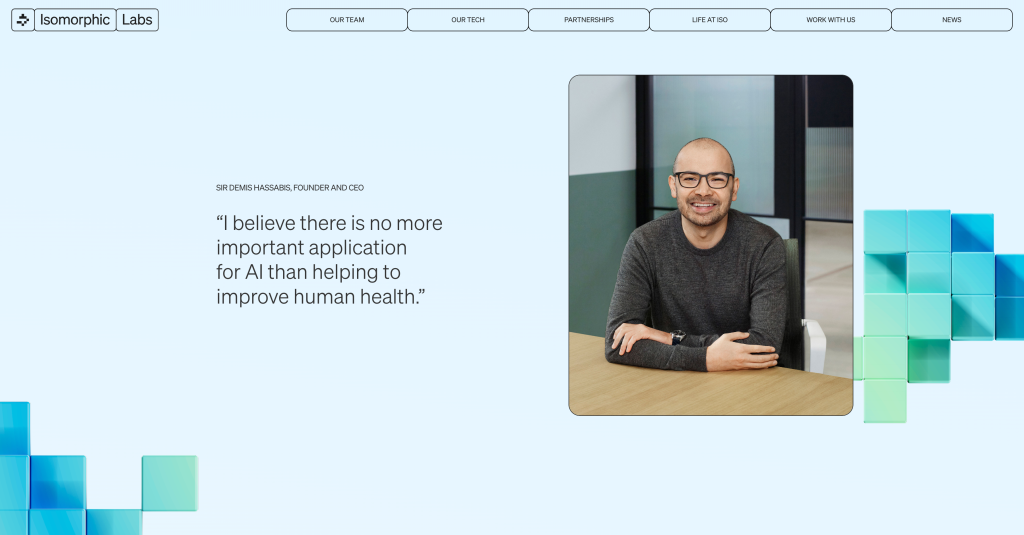
A sober counterpoint is useful too. Many AI-for-drug-discovery efforts have promised faster, cheaper pipelines and hit biological walls. The Financial Times has reminded us more than once that biology still throws curveballs and that approvals remain rare. Isomorphic’s premise is that better structure, interaction, and generative modeling can shorten the path from idea to clinic. We’ll see. Skepticism and optimism can share a desk.
The headlines: Nobel, knighthood, and a seat at the big table
In October 2024, Hassabis and Jumper shared half of the Nobel Prize in Chemistry, with the other half going to David Baker, for breakthroughs in protein prediction and design. You can read the Academy’s citation yourself; it’s historic not only for the science, but for how it pulled AI into mainstream chemistry honors. A few months earlier, the UK named Hassabis a Knight Bachelor for services to AI. Titles don’t make the science more true, yet they do mark how far AI has moved from “cool demo” to “core tool.”
The rough edges: health data and trust
The story isn’t spotless. In 2017, the UK Information Commissioner’s Office found that London’s Royal Free hospital had breached data protection law when it shared 1.6 million patient records with DeepMind for testing an app called Streams. DeepMind wasn’t the legal controller of the data, and the Trust took the heat, but the optics were bad and the lesson was clear: innovation doesn’t get a free pass on privacy. When DeepMind Health later moved under Google, advocates worried again about oversight. The project taught the simplest of hard truths—trust is slow to earn and fast to lose.
What he leads today
Hassabis is CEO of Google DeepMind and founder-CEO of Isomorphic Labs. That mix—frontier research and applied drug discovery—carries a certain tension. On one side, you’re chasing general reasoning across text, images, code, and audio. On the other, you’re wading through experiments, assays, and clinical endpoints. It’s like playing two long games at once. The bet is that advances in reasoning, long-context memory, and multimodality make both sides better.
The human rhythm behind the résumé
Here’s the thing I keep returning to. The same person who tuned theme-park queues and dreamed up elaborate sandboxes later studied how people imagine scenes and then built systems that plan several steps ahead. There’s a thread there. If chess teaches you to evaluate a position, psychology teaches you why the evaluation matters. If games teach you to simulate outcomes, memory research teaches you how the mind sketches futures. That rhythm—evaluate, imagine, try—shows up again and again.
And yes, there’s a public image to all this. Time covers, year-end reviews, splashy demos. But the through-line is slower. It’s hours of practice, early and often. It’s teams arguing over loss curves and strange regressions. It’s careful choices about what to open-source and what to publish, and when. It’s even the humility of shutting down a game studio when the scope ran away.
What’s next, realistically?
You know what? It’s tempting to predict something clean and cinematic. But if you watch Hassabis’s career long enough, you notice that leaps tend to sprout from patient groundwork: a research thesis here, a general algorithm there, a database opened to the world. So the better bet isn’t a single “ta-da” moment; it’s a series of steady steps.
On the Gemini side, expect stronger long-reasoning in messy, real-time settings, pushed into the products people already use. Project Astra’s live, “look-at-this” style interactions hint at assistants that help with ordinary life. It won’t be perfect. It will get less awkward. And on the Isomorphic side, the proof will be boring and glorious at once: data packages filed, patients enrolled, safety readouts published, and, if luck holds, signals of efficacy that justify the years.
So who is Demis Hassabis?
A fair answer is the simple one: a London-born scientist-founder who helped create systems that learn from experience, who turned a game breakthrough into a scientific one, and who now tries to stitch those lessons into tools people actually use. The awards are real. The controversies are real. The arc is still being drawn.
If you want a softer answer, try this. He’s someone who kept chasing the same question from different angles: how do you build a system that can learn general rules and use them to plan? He chased it on a chessboard, in a theme park sim, in a brain scanner, in a Go match, in a protein, and now in a lab notebook. That kind of persistence feels rare—and, frankly, useful.
And if there’s a quiet moral in the story, it’s this: sometimes the shortest path to progress isn’t a straight line. It’s the scenic route through games, memory, and a lot of late nights.




